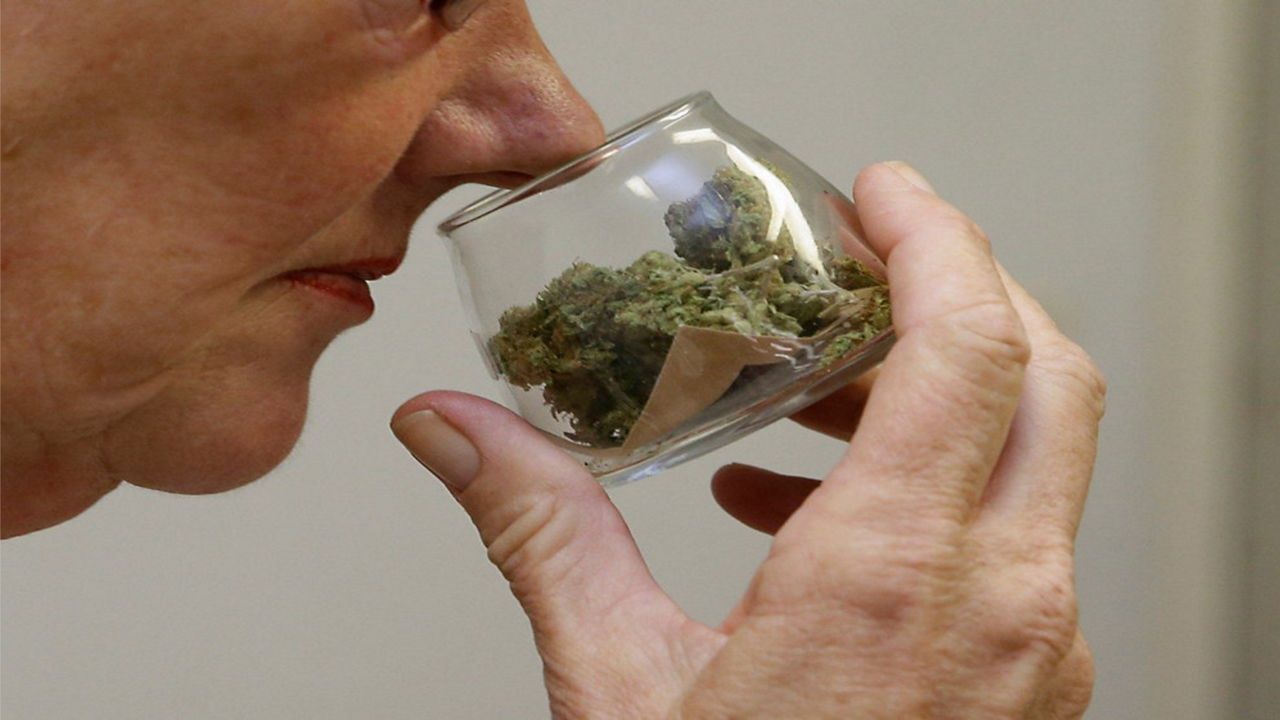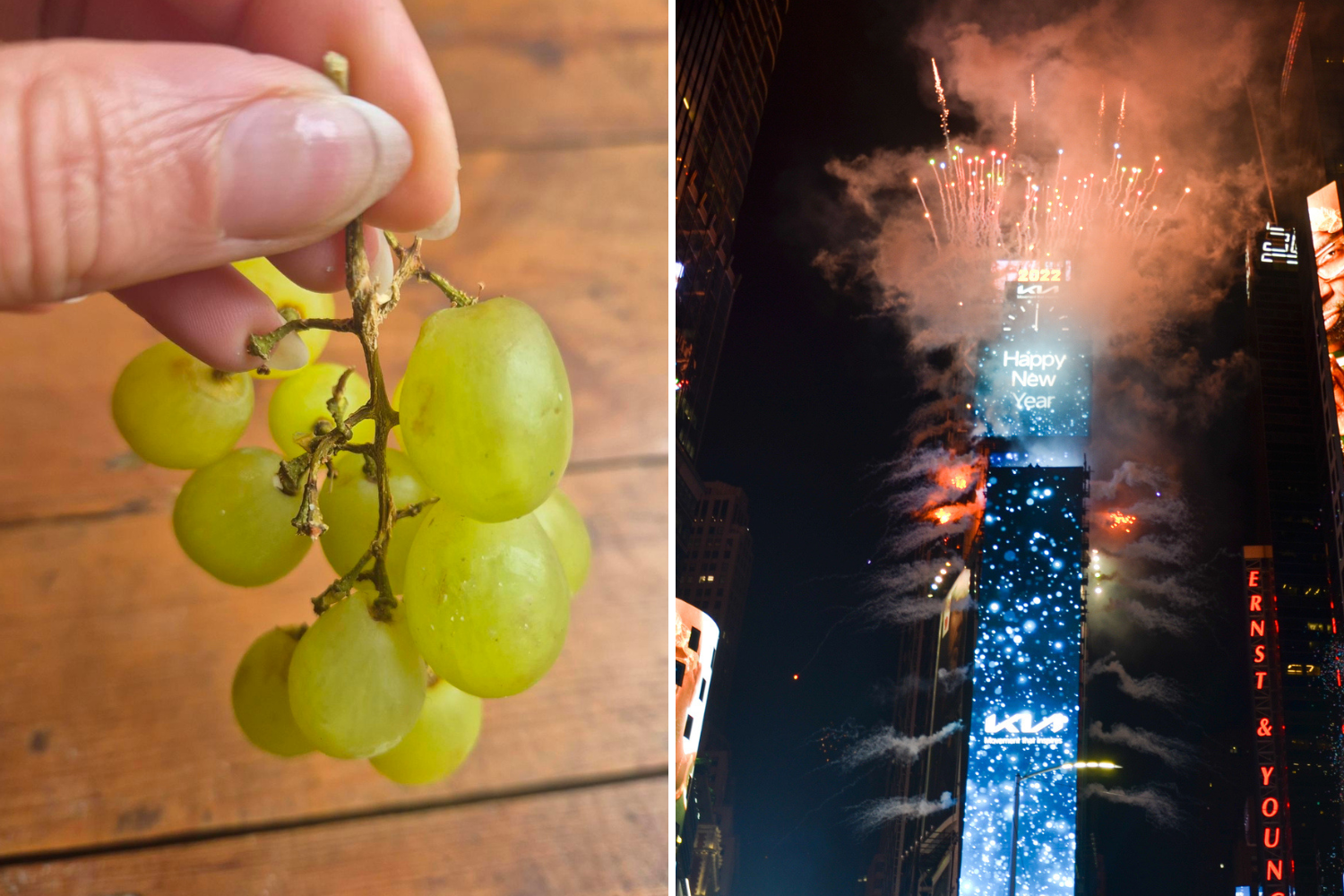As the final hours of the year approach, people around the world are preparing to mark the occasion with traditions and rituals.
Among these is a tradition with old roots and a new wave of popularity—eating 12 grapes at midnight.
Known as the 12-Grape Theory, the custom promises good fortune for the coming year, but what is it, and should you try it this New Year’s Eve?
Where Did the 12 Grapes of Luck Theory Come From?
The origins of the 12-grape ritual trace back to late 19th-century Spain—although may have roots even earlier—where it is said vineyard owners encouraged the practice to off-load an abundant harvest.
Noel Wolf, a language teacher and cultural expert at Babbel who is also a German expat living in Spain, told Newsweek: “Many have said the tradition originated in Spain in the late 19th century, known as Las doce uvas de la suerte, which means ‘The Twelve Lucky Grapes.’
“The tradition was possibly a clever marketing move by grape growers in Alicante, Spain during a particularly fruitful harvest. However, historians have said that the tradition actually started in 1880, when well-to-do Madridians wanted to copy the French who drank champagne and ate grapes on the last day of the year. Some madrileños saw this practice and, perhaps mockingly, at grapes like the upper class. Over time, it evolved into a widespread custom.”
Today, it is still a popular custom across Spain and Latin America, and is starting to gain a new following thanks to being shared online.
What Is the 12 Grapes on New Year’s Trend?
The tradition involves eating one grape for each chime of the clock at midnight—often while underneath a table for extra luck. Each grape is thought to represent a month of the year to come, making the ritual both a playful challenge and a moment of reflection.
“Each grape represents a wish or hope for the 12 months ahead. Notably, everyone watches the Campanadas desde la Puerta del Sol on TV to know when to eat the grapes,” Wolf said. “It’s a joyful way to welcome the new year with optimism and intention. Legend has it that you have to have eaten all of the grapes before the final bell toll—you cannot still be chewing.”
For many, the act of eating 12 grapes goes beyond mere superstition. Some even believe that eating the grapes gives you an idea of what the year will bring. Sweet grapes are said to predict months of joy and success, while sour grapes serve as a warning of potential obstacles.
Getty Images/Ryan Rahman
Beyond its folkloric roots, the tradition has found a fresh audience on TikTok where people have shared videos of them racing to eat grapes in videos with millions of views.
Many have shared their successes, cutting from clips of them consuming grapes, to shots of them enjoying a great year. Others have asked: “What do I tell my family when I crawl under the table to eat a load of grapes?”
Other Bizarre New Year’s Superstitions
Eating 12 grapes at midnight isn’t the only tradition or superstition that people take part in at New Year’s Eve. Here are some other unusual and notable customs.
Hitting Bread Against Walls: This Irish tradition involves banging a loaf of bread against walls on New Year’s Eve. It is said to ward off evil spirits and invite good luck into the home.
Kissing at Midnight: Perhaps the most commonly practiced tradition, kissing a loved one at midnight is believed to ensure that love and affection will last all year.
Not Doing Laundry on New Year’s Day: In some cultures, washing clothes on January 1 is thought to wash away good luck.
Wearing Certain Underwear Colors: The color of underwear worn on New Year’s Eve is believed to influence various aspects of life in the upcoming year. For example, red is associated with love and passion, while white represents purity and new beginnings.
Jumping Over Waves: In Brazil, people often dress in white and jump over seven waves after midnight, making a wish with each one. This tradition honors Iemanjá, the goddess of the sea.
UPDATE 12/31/2024, 9:40 a.m. ET: This article was updated with additional comment from Noel Wolf.












